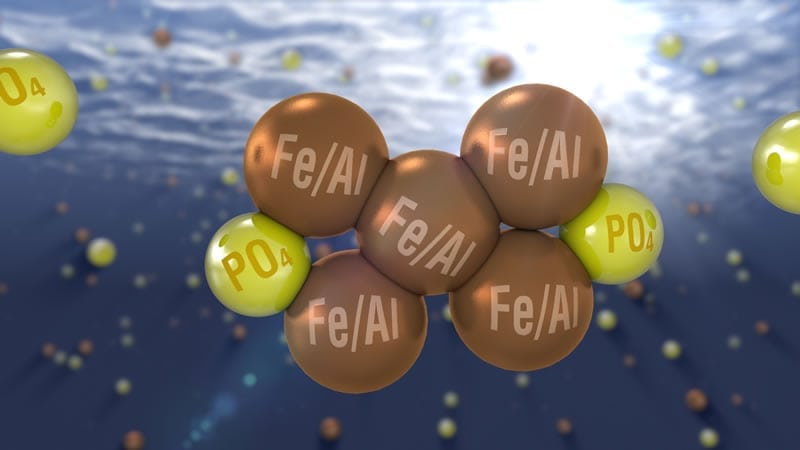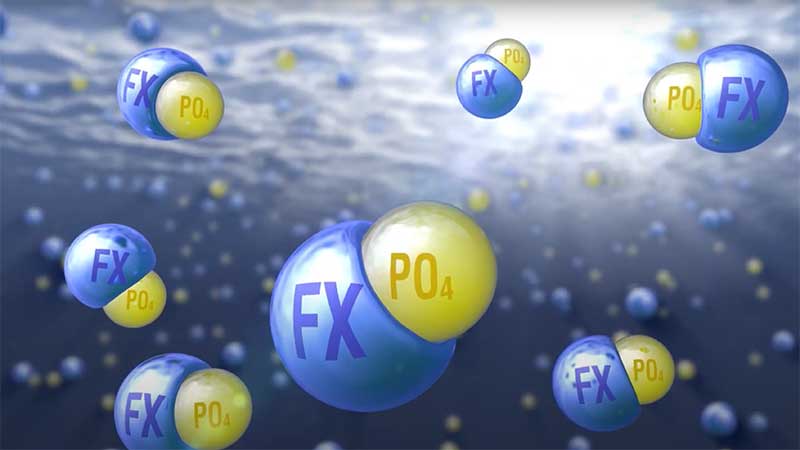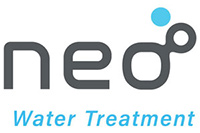How Neo WaterFX Works
Problem:
Traditional metal salts are less efficient in meeting today’s ultra-low phosphorus levels.
Iron- and aluminum-based coagulants do not bind to phosphorus very efficiently or tightly. They form intermediate metal hydroxides to which phosphate adsorbs to the surface. This is a function of surface chemistry instead of a strong ionic bonding. The ratio of Fe or Al to phosphorus can be 4 to 1, or even higher. That is why it can take larger amounts of Fe/Al to reduce phosphorus to desired levels.
Solution:
Neo WaterFX300 (formerly RE300) is capable of achieving total phosphorus levels of .07 mg/L or less.
Neo WaterFX300 (formerly RE300) preferentially reacts with phosphorus to form a strong crystalline ionic bond, creating an insoluble precipitate: REPO4·H2O (Rhabdophane). Neo WaterFX300 (formerly RE300) achieves phosphorus removal at a 1:1 molar ratio of RE:PO4. As a result, much less of the Neo WaterFX300 (formerly RE300) product is needed to obtain excellent phosphorus removal results as compared to iron- or aluminum-based coagulants.
Neo WaterFX
Will Neo WaterFX Help Your Wastewater Phosphorous Removal Needs? Complete this 1-Minute Survey to Find Out
Neo WaterFX has helped many water purification professionals with the removal of phosphorous from wastewater while also reducing sludge and achieving other benefits.
Complete this 1-minute survey to determine if Neo WaterFX is right for you.



